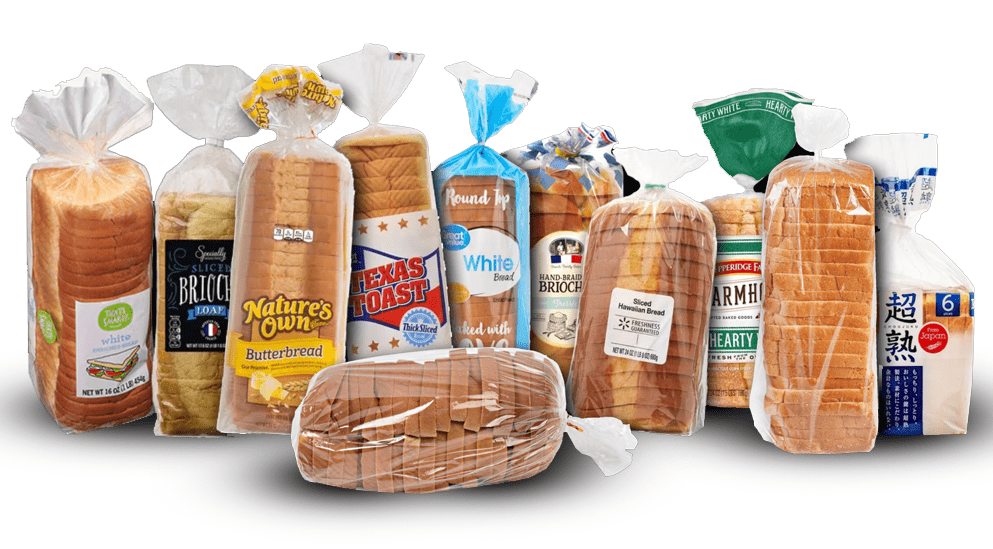In today’s world of convenience and fast-moving consumer goods, plastic packaging plays a major role—especially when it comes to food. From grocery store produce bags to takeout containers, food-grade plastic is everywhere. But what exactly is food-grade plastic packaging, and why is it so important to understand its role in the food industry?
Let’s break it down.
What Is Food-Grade Plastic Packaging?
Food-grade plastic refers to plastic materials that are safe for contact with food. This means the material doesn’t contain harmful chemicals that could leach into your food or cause contamination. Food-grade plastics are carefully tested to meet specific safety standards set by government agencies such as the U.S. Food and Drug Administration (FDA) and the European Food Safety Authority (EFSA).
These plastics are used to create various packaging forms such as:
- Resealable bags
- Clamshell containers
- Plastic wraps
- Bottles and jars
- Stand-up pouches
Why Does It Matter?
1. Protects Health and Safety
One of the most critical reasons for using food-grade plastic packaging is consumer safety. Non-food-grade plastics can contain toxins like BPA, phthalates, or heavy metals that may migrate into food, especially when exposed to heat or prolonged storage. By contrast, food-grade plastics are designed and tested to prevent contamination and ensure your food stays safe.
2. Preserves Freshness and Quality
Food-grade packaging is engineered to help preserve the taste, texture, and quality of food. It offers barrier protection against moisture, air, and microbes, which can lead to spoilage. This is especially important for perishable items like dairy, meat, and fresh produce.
3. Compliance with Food Regulations
Businesses in the food industry must comply with health and safety laws. Using certified food-grade plastic packaging ensures that they meet regulatory requirements, avoiding fines, product recalls, or damage to their brand reputation.
4. Consumer Trust
Today’s consumers are more aware of what they eat and how it’s packaged. Transparent labeling and safe, food-grade packaging give customers peace of mind, knowing they’re buying products stored in materials that won’t harm their health.
5. Versatility and Convenience
Food-grade plastic packaging is lightweight, flexible, and easy to seal or reseal. It suits a wide variety of food products, from snacks and frozen meals to sauces and beverages. Its adaptability makes it a go-to choice for manufacturers and retailers alike.
Final Thoughts
Food-grade plastic packaging is much more than just a container—it’s a protective barrier, a branding tool, and a vital component in maintaining the safety and integrity of the global food supply. As environmental concerns grow, the packaging industry is also exploring more sustainable food-grade plastics, including biodegradable and recyclable options.
In short, understanding and choosing food-safe packaging is not just a regulatory box to check—it’s a smart, responsible decision that benefits both businesses and consumers.









